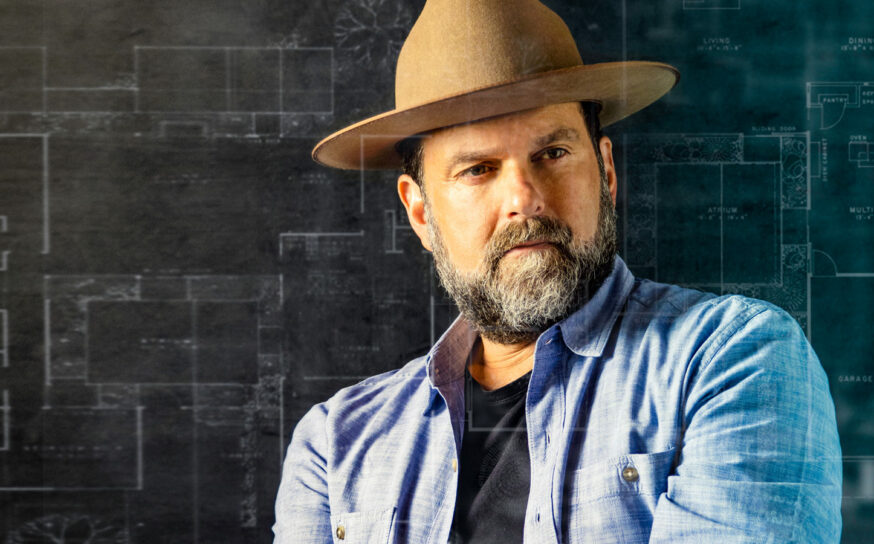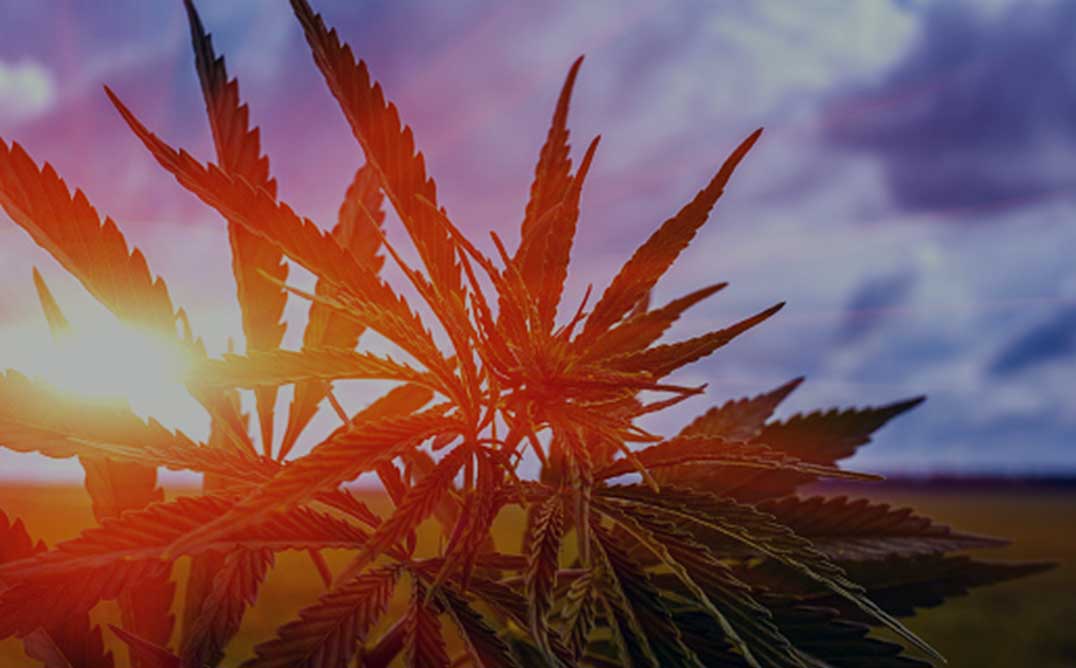
Behind the Plan to Expand Urban Forestation in Los Angeles by 2021
The city even created a new role to manage the sweeping project.
-
CategorySustainability
The concrete jungle of Los Angeles will soon be a lot greener thanks to the addition of 90,000 trees by 2021. The trees were part of Mayor Eric Garcetti’s Green New Deal released in April. The new foliage is expected to improve air and water quality, store carbon and even reduce stress. The project will enhance what is already one of the largest urban forests in the nation.
In an interview with Mother Jones, the city’s first forest officer and longtime arborist Rachel Malarich relays some of the lesser known benefits to planting more city trees.
“Trees help us capture stormwater. They slow down rain when it falls from the sky, which is a huge deal here in Los Angeles, with our storm events, to be able to capture some of that water. [Water] droplets collect on the leaves and then run down the branches and have time to soak into the ground rather than just hitting the pavement and rolling away.
“Another one that I don’t think people always think about is the transpiration that trees provide. They provide cooling overnight by releasing moisture through the transpiration process. That is something else that continues to amaze me. I remember I was in Washington, D.C., on a trip and walked through a city street and then walked through part of the National Mall that had tree cover. And it was so dramatically cooler. And it was nighttime, so it wasn’t that there was shade covering me. It’s again, those living things that are cooling the area.
“They also bring communities together. The research shows us that they improve feelings of social cohesion in a neighborhood. And feelings of connectedness to our communities can also increase our resiliency in light of other disasters. I think that trees are a really important part of our communities, and they are hugely connected to public health.”
You can read more of Malarich’s interview here.
Architect James Meyer Brings His Business Home with a New Eponymous Identity and Streamlined Approach
Blueprint for a beautiful life.
Monday Moods: “New Rhythms”
Fresh tracks for the last long weekend of summer.

















